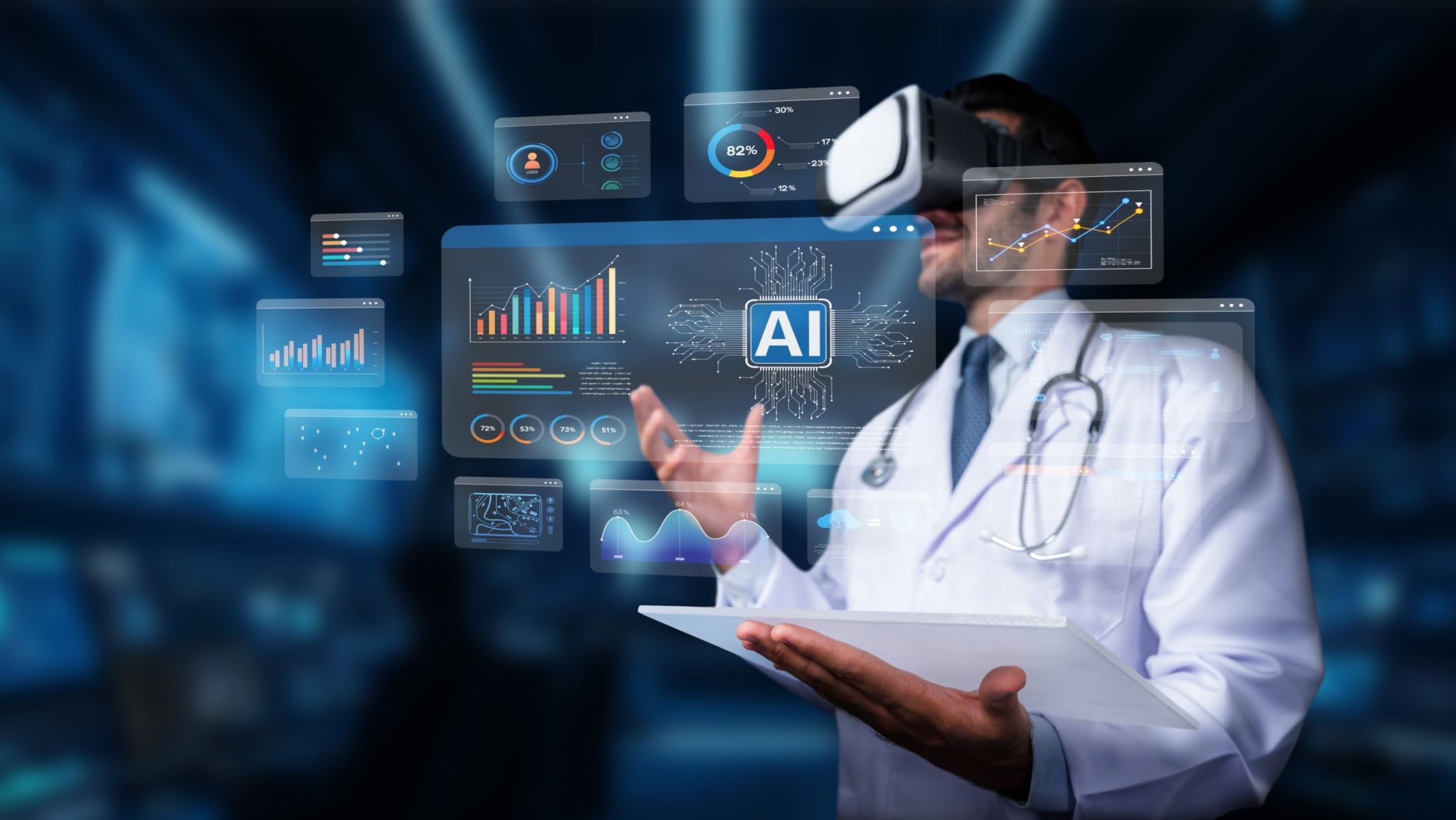3D Scanning Technology: A New Frontier in STEM Learning
Introduction to 3D Scanning in STEM Education
In the rapidly evolving landscape of education, innovative technologies continue to transform the way students learn, particularly in the fields of Science, Technology, Engineering, and Mathematics (STEM). Among these groundbreaking tools, 3D scanning technology stands out as a revolutionary addition to classrooms and laboratories. By capturing the precise dimensions and textures of real-world objects, 3D scanning opens up a myriad of opportunities for enhanced learning experiences.
With its ability to bridge the gap between theoretical concepts and practical applications, 3D scanning technology offers a dynamic and interactive approach to STEM education. This technology not only fosters creativity and critical thinking but also prepares students for future careers in tech-driven industries.

How 3D Scanning Works
The working principle behind 3D scanning is both fascinating and complex. It involves the use of lasers or structured light to capture detailed images of an object's surface. These images are then processed by software to create a digital 3D model that can be manipulated and analyzed on a computer.
The process begins by positioning an object within the scanner's field of vision. As the scanner emits light or lasers, sensors measure the distance from the scanner to various points on the object's surface. This data is collected to form a comprehensive digital representation. The result is a highly accurate model that can be used for various educational purposes.
Applications in Science and Engineering
In science education, 3D scanning technology allows students to explore complex structures and phenomena with unprecedented clarity. For instance, biology students can examine detailed models of anatomical features, while geology students can study intricate rock formations without leaving the classroom.
Engineering students benefit significantly from 3D scanning by being able to reverse-engineer existing products or design new components from scratch. This hands-on experience is invaluable for understanding real-world engineering challenges and solutions.

Enhancing Mathematics Learning
Mathematics, often perceived as abstract and challenging, can become more tangible through the use of 3D scanning. By visualizing geometric shapes and equations in three dimensions, students gain a deeper understanding of mathematical concepts.
- Geometry: Students can manipulate 3D models to explore properties of shapes and angles.
- Calculus: Visualizing curves and surfaces aids comprehension of derivative and integral concepts.
- Statistics: Analyzing 3D data sets enhances statistical learning and data interpretation skills.
Fostering Creativity in Technology
The integration of 3D scanning in technology classes encourages students to think creatively and innovate. By providing a platform for designing and fabricating custom objects, students learn to apply their technical skills in imaginative ways. This creativity is further supported by access to 3D printing technologies, allowing students to bring their digital designs to life.
This hands-on approach not only boosts engagement but also empowers students to experiment with prototypes, leading to a deeper understanding of product development processes.

Preparing Students for Future Careers
As industries increasingly adopt 3D scanning technology, proficiency in these tools becomes a valuable asset for students entering the workforce. Familiarity with 3D scanning not only enhances employability but also prepares students for roles in cutting-edge fields such as aerospace, automotive design, healthcare, and manufacturing.
By incorporating 3D scanning into STEM curricula, educational institutions are equipping students with the skills needed to thrive in the digital age. This forward-thinking approach ensures that graduates are well-prepared to contribute to technological advancements and innovations.
Conclusion: The Future of STEM Education
The integration of 3D scanning technology in STEM education represents a significant step forward in teaching methodologies. By making learning more interactive and engaging, this technology not only enhances educational outcomes but also inspires students to pursue careers in STEM fields.
As 3D scanning technology continues to evolve, its potential applications in education will undoubtedly expand, opening new horizons for both educators and learners. Embracing this technology today means investing in a brighter, more innovative future for tomorrow's STEM professionals.
